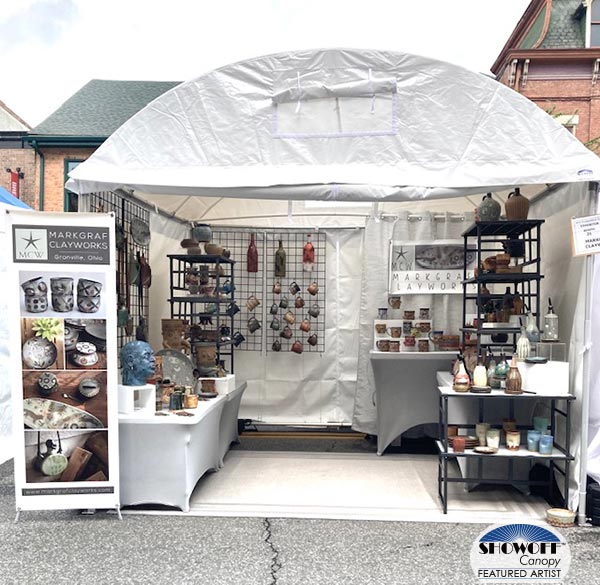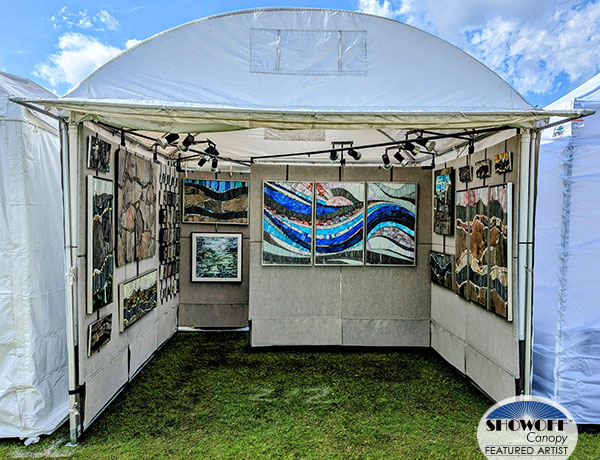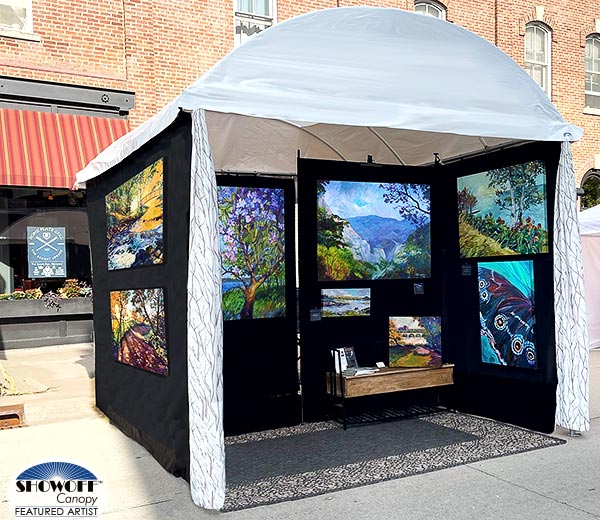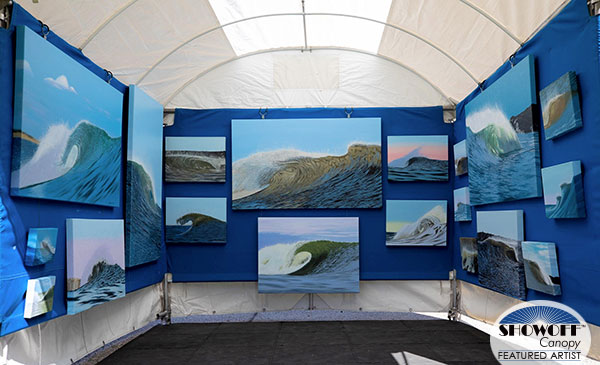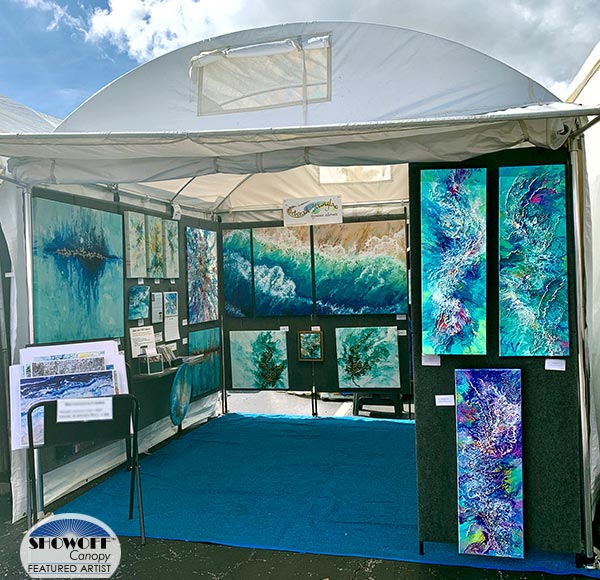Tips for Succeeding at Art Shows—Beginners and Veterans Alike
Free Shipping on All Packages (and orders above $1,300). 1-2 Week Turnaround!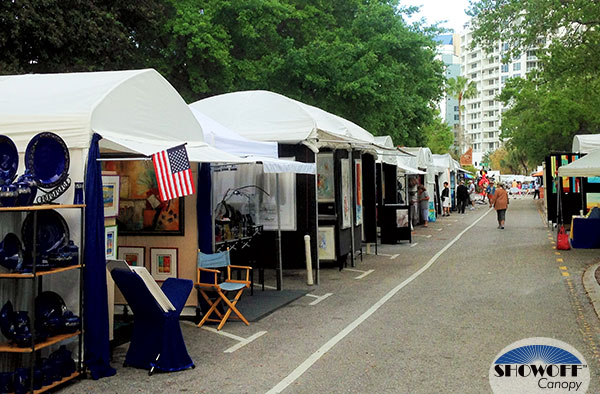 Whether looking to get into your first or a veteran of the circuit, here are some tips to help you better traverse art shows and festivals as a merchant.
Whether looking to get into your first or a veteran of the circuit, here are some tips to help you better traverse art shows and festivals as a merchant.Whether looking to get into your first or a veteran of the circuit, here are some tips to help you better traverse art shows and festivals as a merchant.
- Know the show. Especially useful for beginners, an understanding of the layout, visitor demographic, how many visitors usually attend (and how many have made purchases vis-à-vis how many are carrying bags), and your competition can help you tailor your display for the specific event. If at all possible, attend as a guest before entering as a merchant. Contrary to what you may think, it may be better to adjust what you bring to fit untapped niches rather than compete with everyone else with similar collections, pieces, or prices.
- If possible, try to reserve the same spot time after time. This way, people who dutifully attend will draw an association with that show and your presence; it will also help faithful followers of your work find your booth more easily.
- Keep your cash on hand. A lockable cash box is a popular choice but also an easy grab for thieves, and you’ll most likely out your own hiding place after a while. Cargo pants often offer multiple big pockets with hook-and-loop fasteners for a secure way to store your things. A fanny pack is also an option if not as fashionable. If you absolutely can’t part with your cash box, we suggest loosely zip-tying it to a part of your display.
- Do you have a mailing list? You should! Have a signup sheet in your booth for buyers, guests, and visitors, and ask for their name and e-mail address. Be upfront with how you’ll be using their information, and try not abuse their trust. See this not as a chance to spam them with everything you do but invite them to join you at the next event. This way, you’re not only advertising your art but also giving them information about events you know they’re interested in.
- Neither crowd your display nor have too few pieces. Space between each piece of art relays a sense of sustenance and importance (and maybe expensive opulence). Pieces close together may remind one of a rummage sale. Fewer pieces also means fewer options. While having fewer choices may seem like a great way to lose a sale, too many options could also work against you by making the decision process too much work.
- Be a sales person—but not a pushy peddler. Instead relate yourself to the customer by relating the piece to them. Describe your process, your inspiration, and those often unspoken whys. There is a story for each, so share it! This is also a great way to turn a compliment from the customer into a conversation.
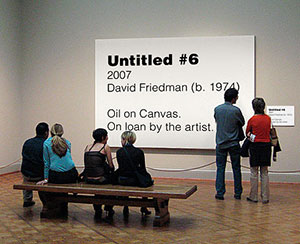 Sometimes a little info about the piece helps make the piece. (Credit: Ironic Sans)
Sometimes a little info about the piece helps make the piece. (Credit: Ironic Sans)If you enjoyed these tips, stay on the lookout for part two of our series; meanwhile, in the comments below, let us know if you agree or disagree with what we have shared or have some tips of your own.
References and Further Readings:
How to Succeed at Art Shows and Festivals
Items Necessary at a show
How does a beginner get started?
So... how much stuff is too much stuff?
All a Newbie Needs to Know... And More.
Selling your art at art shows
A Newbie's Guide to Art Festival Booths (pdf)
Better Quality Display Canopy Comparisons
rel="noopener"Where do you keep your cash & checks at the art fairs?
18 tips for a successful art show

